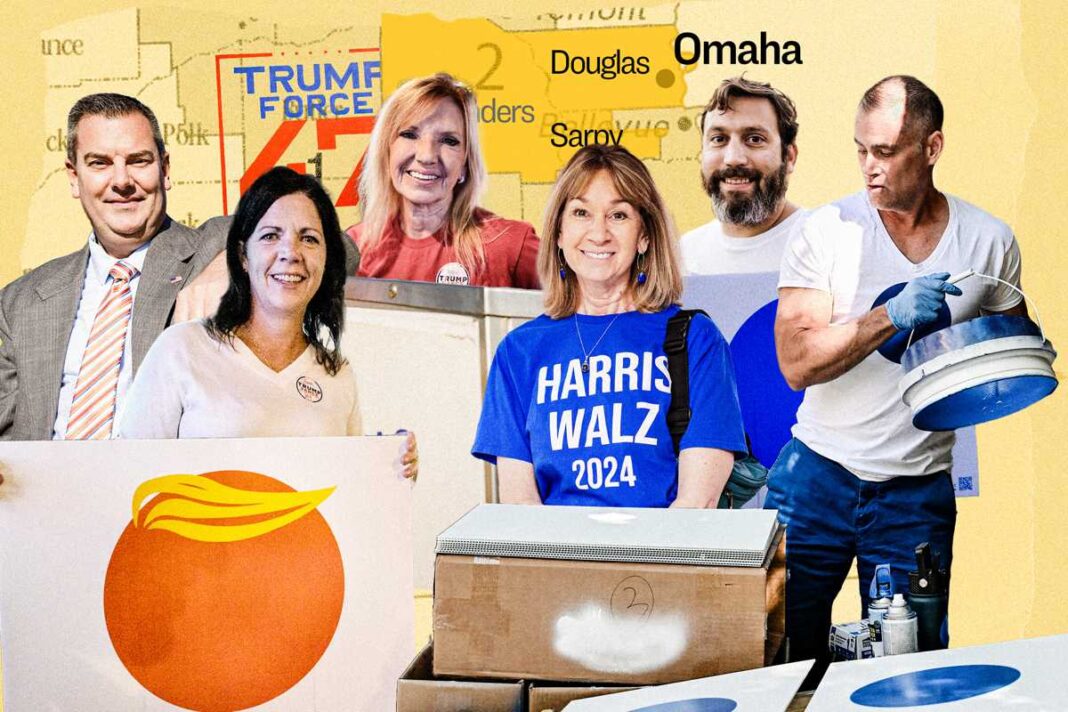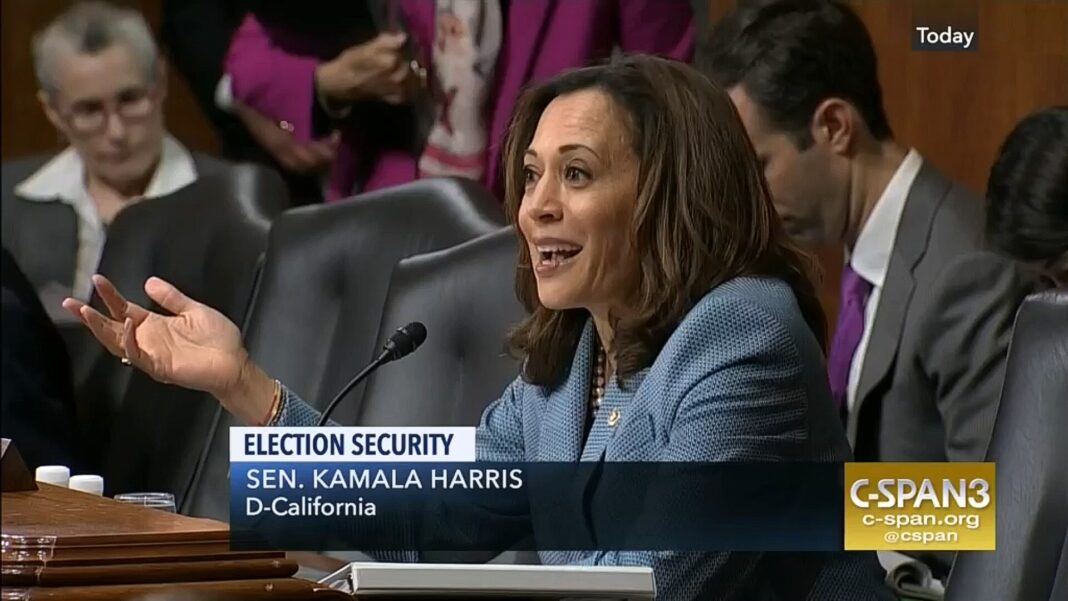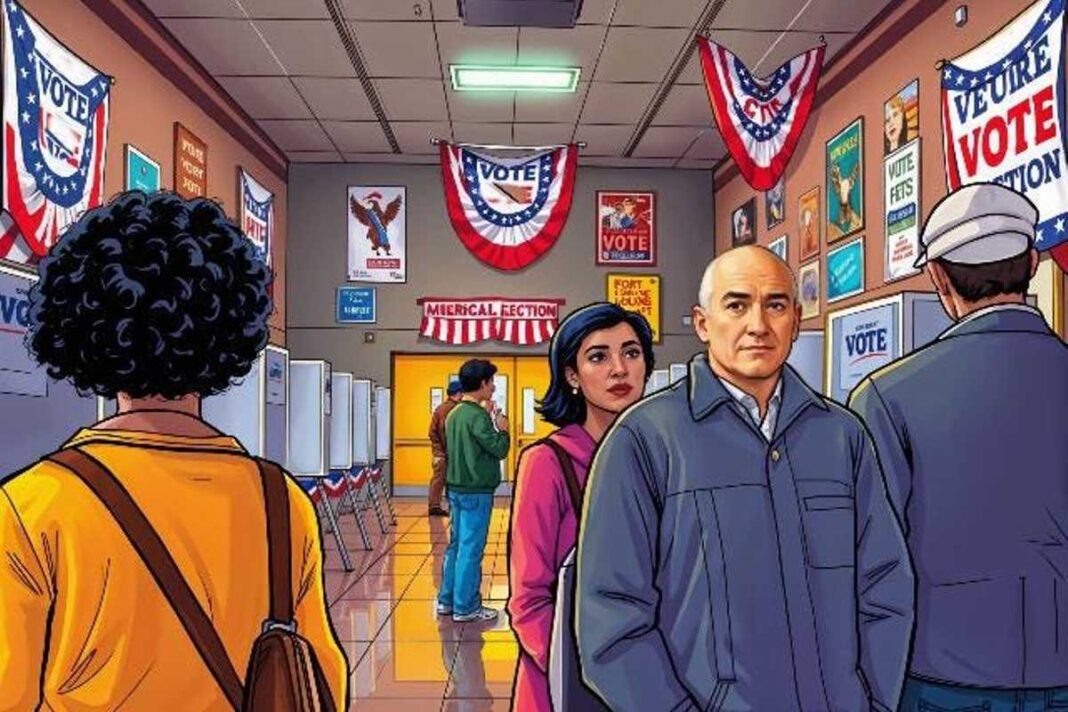
OMAHA, Neb.—In the three-county area comprising Nebraska’s 2nd Congressional District, election officials, local party leaders, and voters agree on one thing: winning the district will be purely a matter of turnout.
Nebraska is one of two states that splits its votes in the Electoral College. This presents a rare opportunity for partisans to seize an extra vote in the presidential contest. A single electoral vote can be critical if the race is close.
In the district, Democrats are working to peel off a vote for their candidate while Republicans are trying to keep the most populous part of the conservative Cornhusker State in the fold for the GOP.
Voter registration data and local history suggest there is a narrow margin between turning the jurisdiction—centered on Omaha—blue or keeping it red.
Those who spoke with The Epoch Times said the final days of the election season in the Omaha metro area will be dedicated to get-out-the-vote efforts. Both sides believe rallying their base can lead to victory in both the 2nd Congressional District and possibly the entire Electoral College.
“Everybody needs to get out to vote,” Amy O’Connor, a Democratic voter from Douglas County, Nebraska, told The Epoch Times. “We need to work ’til the very end.”
The 2nd Congressional District
In 1992, the Cornhusker State converted from a winner-take-all system to one that apportions two of its five electoral votes to the state’s popular vote winner. The remaining votes go to the popular vote winner in each of its three congressional districts. The system with its multiple popular vote contests can lead to a split electoral vote.
Twice, in 2008 and 2020, the district voted for the Democratic Party’s presidential candidate. In both instances, the Democrat won the White House.
The district includes the entirety of Douglas County, the most populous area in the state, half of Sarpy County, Nebraska’s third-most populous county, and all of rural Saunders County. About 30 percent of Nebraskans—586,330 people—live within the borders of Douglas County, according to data published by the Omaha-based regional interest coalition, the Metropolitan Area Planning Agency.








